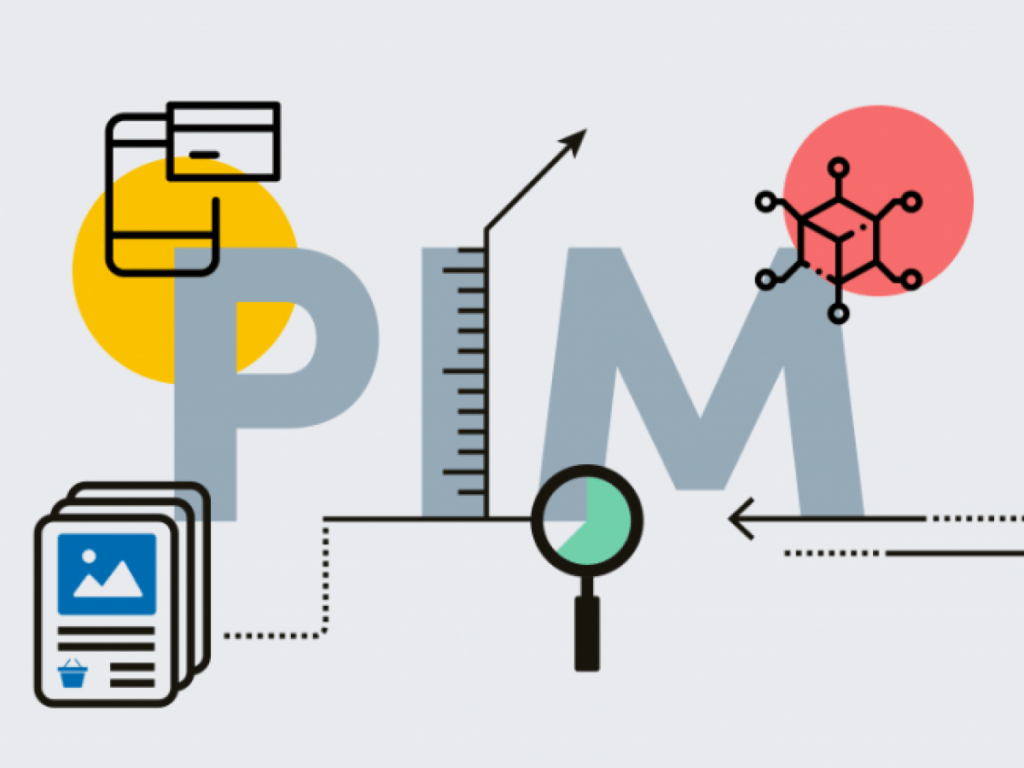
What are line sheets?
Line sheets are a crucial tool in the world of wholesale and retail, especially in industries like fashion, accessories, and home goods.
They are essentially informative and visually appealing documents that provide detailed information about a brand’s products, making them an essential component of B2B transactions and partnerships.
Moreover, line sheets serve as a bridge of communication between manufacturers or designers and potential buyers, such as retailers, distributors, and showroom owners.
Elements of Line Sheets
Key elements typically included in a line sheet are:
- Product Images
High-quality images of each product from multiple angles, showcasing its design, color, and features.
- Product Descriptions
Concise and compelling descriptions that highlight the key features, materials, sizes, and any unique attributes of the product.
- Pricing
Clear pricing information for each product, including wholesale and suggested retail prices.
- Product Variations
Details about available sizes, colors, materials, and other product variations.
- Order Quantities
Minimum order quantities or pack sizes required for each product.
- Contact Information
Contact details of the brand or manufacturer, including phone numbers, email addresses, and website information.
- Terms and Conditions
Any specific terms and conditions related to ordering, payment, shipping, and returns.
- Brand Identity
Visual elements such as the brand logo, colors, and fonts, which help reinforce brand identity and recognition.
Importance of Line Sheets
Line sheets are a visual representation of a brand’s product offerings, often used in B2B transactions to showcase items to potential buyers or retailers. Consistency in design, layout, and content is essential to establish a strong brand identity and make a lasting impression.
Furthermore, inaccurate or outdated information can lead to confusion, inefficiency, and lost opportunities. This is where Product Information Management software steps in, offering an efficient solution to manage product data and maintain uniformity across line sheets.
How does PIM Software Enhance Line Sheet Consistency?
PIM software enhances line sheet consistency in the following ways:
- Centralized Data Management
PIM software acts as a centralized repository for all product information, including images, descriptions, pricing, specifications, and more. This eliminates the need to search through various files and databases, ensuring that accurate and up-to-date information is readily available for line sheet creation.
- Real-time Updates
With PIM software, any changes made to product data are updated in real-time across all line sheets. This real-time synchronization eliminates discrepancies and ensures that all stakeholders have access to the most current information.
- Customization and Templates
PIM software enables the creation of customizable line sheet templates. Moreover, brands can establish consistent design elements, such as logos, fonts, and color schemes, and apply them across all line sheets. This customization maintains brand coherence and reinforces recognition.
- Efficient Collaboration
PIM software facilitates collaboration among teams involved in line sheet creation. Designers, copywriters, and product managers can work seamlessly within the platform, reducing communication gaps and the risk of errors.
- Product Variations
Many brands offer products in various sizes, colors, and styles. PIM software allows for easy management of product variations, ensuring that each variant is accurately represented in line sheets.
- Digital Asset Management
High-quality images and multimedia assets are integral to compelling line sheets. Furthermore, Product information management software organizes and stores these assets, making it effortless to select and incorporate visuals into line sheets.
- Automated Data Entry
Manual data entry is prone to errors and time-consuming. Product Information Management software streamlines this process by automating data entry, minimizing the risk of inaccuracies and freeing up valuable time.
Conclusion
Hence, in the business world, line sheets play a big role in helping brands share their products with others. They use pictures and information to show what they have to offer.
Furthermore, these line sheets are like storytellers, helping brands connect with people who might want to sell their products. By using line sheets, brands can make friends and do well in business.
So, line sheets are like special helpers that make it easier for brands to work with others and be successful.




